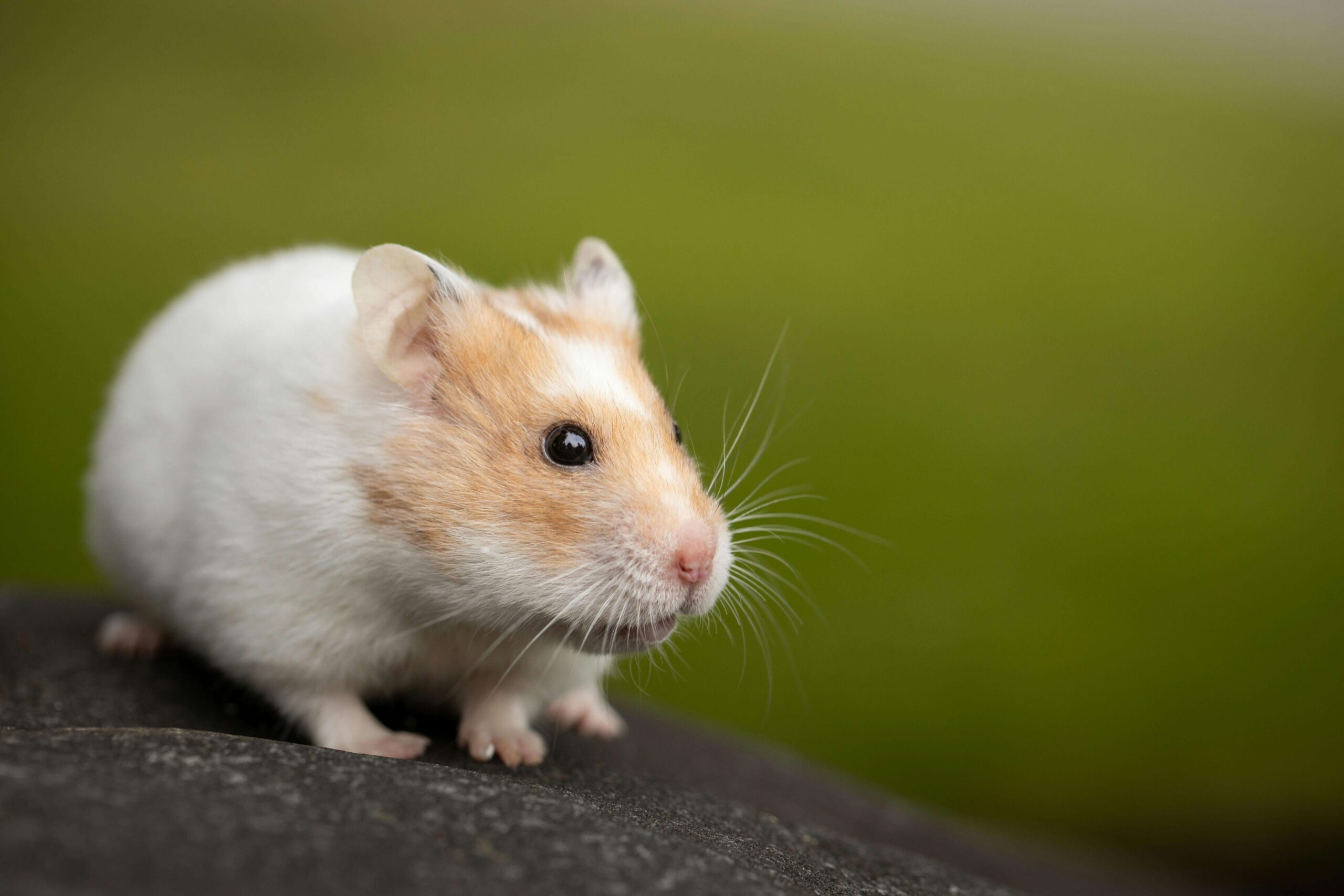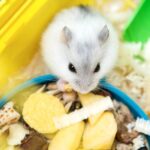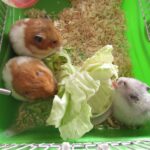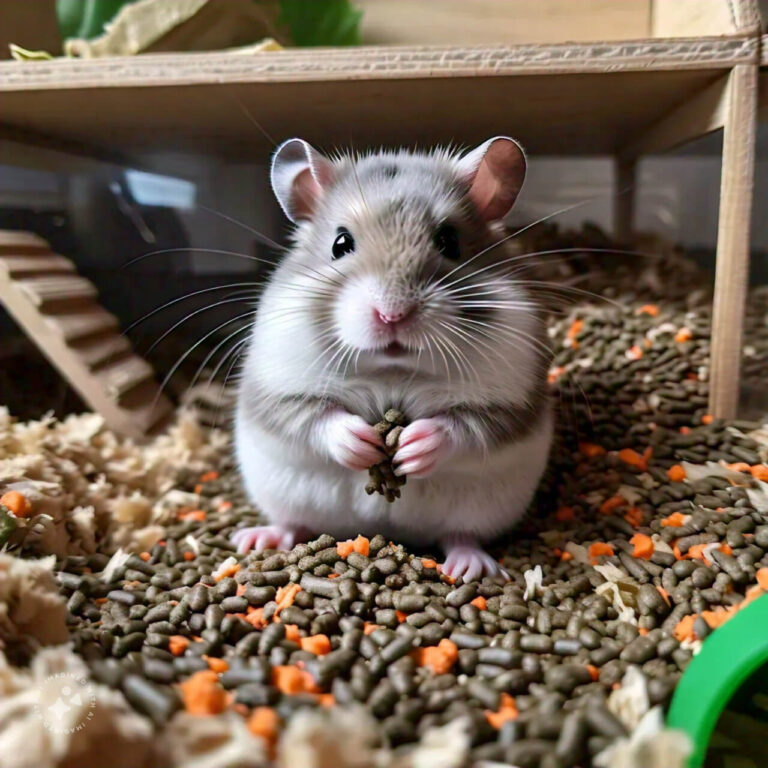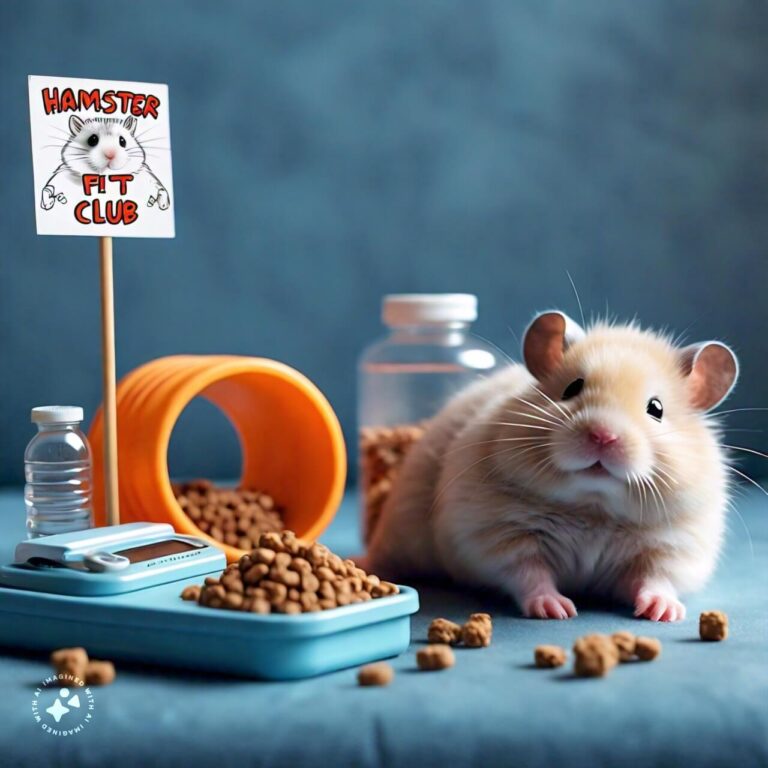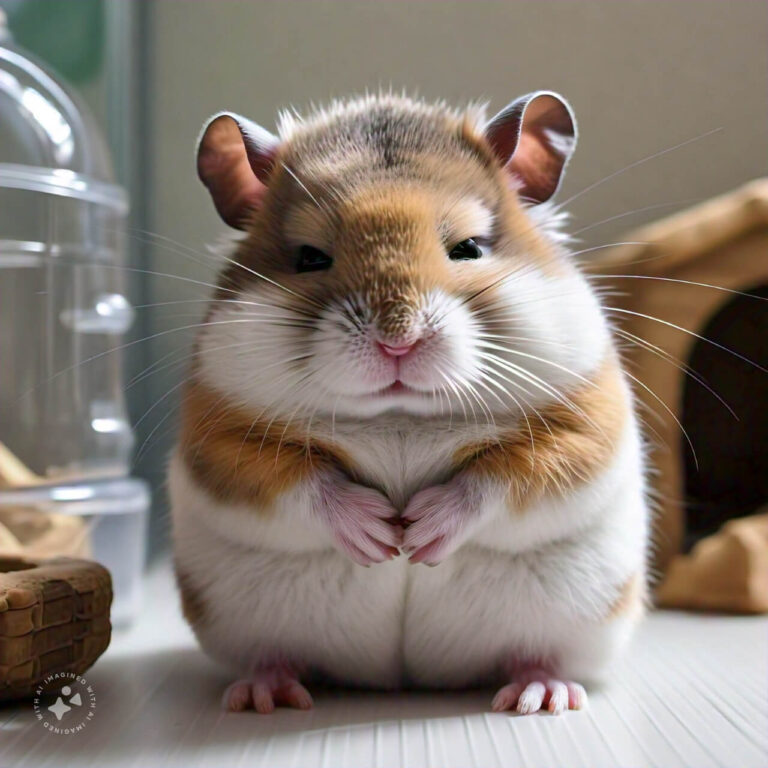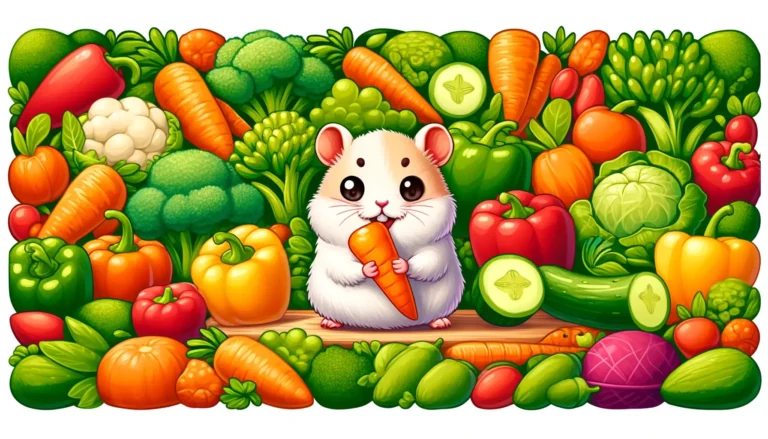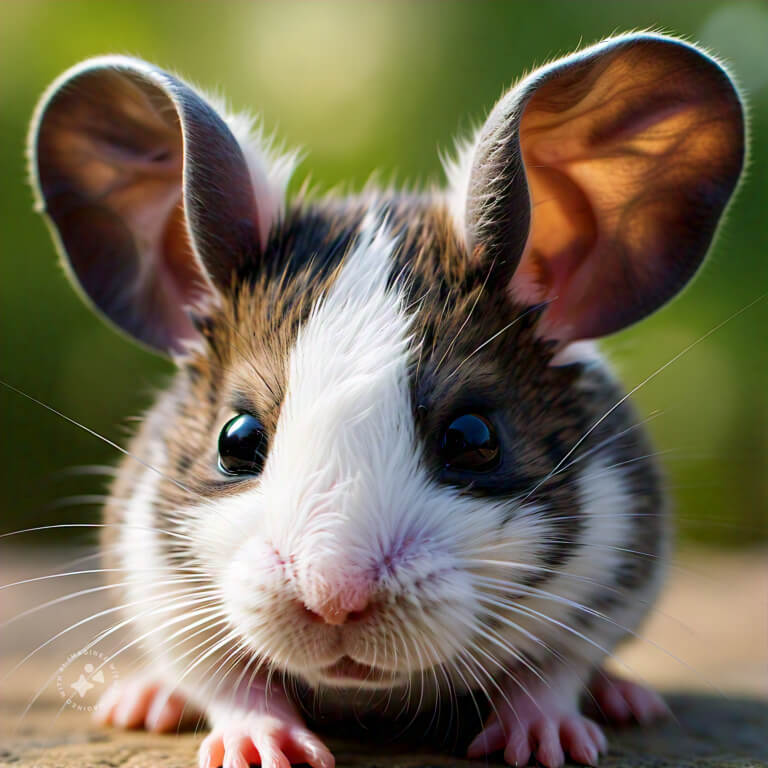What Can Hamsters Not Eat – Hamsters.pk
Toxic Foods: Common Household Items Deadly to Hamsters
As a responsible hamster owner, it’s crucial to be aware of the various foods and household items that can be toxic or even deadly to your furry friend. While hamsters are known for their love of food and their ability to store it in their cheek pouches, not everything that seems tasty to them is safe for consumption. In this article, we’ll explore some of the most common household items that can pose a serious threat to your hamster’s health.
Chocolate and Caffeine
Chocolate and caffeine are two common ingredients found in many household treats, such as cookies, cakes, and coffee. However, both of these substances can be highly toxic to hamsters. Chocolate contains theobromine, a compound that can cause digestive issues, heart problems, and even death in small animals like hamsters. Similarly, caffeine can lead to rapid heartbeat, restlessness, and potentially fatal consequences.
Onions and Garlic
While onions and garlic are staples in many human dishes, they should never be fed to hamsters. These vegetables contain compounds called thiosulfates, which can cause serious damage to a hamster’s red blood cells, leading to anemia and other health complications. Even small amounts of onion or garlic can be harmful, so it’s best to avoid them altogether.
Citrus Fruits
Citrus fruits, such as oranges, lemons, and limes, may seem like a refreshing treat for your hamster, but they can actually cause significant digestive issues. The high acidity levels in these fruits can lead to stomach upset, diarrhea, and even mouth sores. It’s best to stick to hamster-safe fruits like apples, pears, and berries.
Raw Beans
While cooked beans can be a healthy addition to a hamster’s diet, raw beans should be strictly avoided. Raw beans contain harmful compounds called lectins, which can cause severe digestive problems and even lead to death in hamsters. Always ensure that any beans you feed your hamster are thoroughly cooked and served in moderation.
Potato Leaves and Stems
Although potatoes themselves are not toxic to hamsters, the leaves and stems of the potato plant contain solanine, a poisonous compound that can cause serious health issues. Ingesting potato leaves or stems can lead to digestive problems, neurological issues, and even respiratory distress in hamsters. Stick to feeding your hamster plain, cooked potatoes in small amounts, and always remove any leaves or stems before serving.
By being aware of these common household items that can be toxic to hamsters, you can ensure that your furry friend stays happy, healthy, and safe. Always research any new foods or treats before introducing them to your hamster’s diet, and when in doubt, consult with a veterinarian who specializes in small animal care.
Unhealthy Snacks: Avoiding Sugary and Fatty Treats

As much as we love to spoil our hamsters, it’s essential to remember that their dietary needs are quite different from ours. Many common snacks that we enjoy can be unhealthy or even dangerous for our furry friends. In this article, we’ll focus on why sugary and fatty treats should be avoided and what you can offer your hamster instead.
The Dangers of Sugary Snacks
Sugary snacks, such as candy, cookies, and sweetened yogurt drops, can be tempting to give to your hamster, but they can lead to serious health problems. Hamsters have a natural preference for sweet tastes, but their bodies are not designed to process large amounts of sugar. Consuming too much sugar can lead to obesity, diabetes, and dental issues like tooth decay.
The Risks of Fatty Treats
Fatty treats, such as nuts, seeds, and processed snacks, should also be given sparingly. While hamsters do require some fat in their diet, too much can lead to obesity and other health complications. Sunflower seeds, for example, are often a favorite treat among hamsters, but they are very high in fat and should only be given in moderation. Similarly, processed snacks like chips and crackers are often high in fat and salt, which can be detrimental to your hamster’s health.
Healthy Alternatives
Instead of sugary and fatty treats, opt for healthy alternatives that provide your hamster with the nutrition they need. Fresh vegetables like leafy greens, carrots, and cucumbers are excellent options, as they are low in calories and high in fiber. Small pieces of fruit, such as apples and berries, can also be given as occasional treats. When it comes to store-bought treats, look for options that are specifically formulated for hamsters and are low in sugar and fat.
Moderation is Key
Remember, even healthy treats should be given in moderation. Hamsters have small stomachs and can easily overeat, leading to digestive issues and obesity. A general rule of thumb is to limit treats to no more than 10% of your hamster’s daily diet. The majority of their nutrition should come from a well-balanced, commercially formulated hamster food that meets their specific dietary requirements.
By avoiding sugary and fatty treats and opting for healthy alternatives, you can help ensure that your hamster stays healthy and happy. Always introduce new foods gradually and in small amounts to avoid digestive upset, and if you have any concerns about your hamster’s diet or health, consult with a veterinarian who specializes in small animal care.
Dangerous Vegetables: Surprising Greens That Can Harm Your Hamster
When it comes to feeding our hamsters, we often assume that all vegetables are healthy and safe. However, there are some surprising greens that can actually be harmful or even toxic to our furry friends. In this article, we’ll explore some of the most common vegetables that should be avoided when feeding your hamster.
Onions and Garlic
As mentioned in the previous article, onions and garlic are highly toxic to hamsters. These vegetables contain compounds called thiosulfates, which can cause serious damage to a hamster’s red blood cells, leading to anemia and other health complications. Even small amounts of onion or garlic can be harmful, so it’s best to avoid them altogether.
Iceberg Lettuce
While lettuce is often considered a staple in a hamster’s diet, not all types of lettuce are safe. Iceberg lettuce, in particular, should be avoided. This type of lettuce is very low in nutritional value and high in water content, which can lead to digestive issues and diarrhea in hamsters. Instead, opt for darker, leafy greens like romaine lettuce, kale, or dandelion greens, which are higher in nutrients and fiber.
Raw Potatoes
Raw potatoes and their skins contain solanine, a toxic compound that can cause serious health problems in hamsters. Symptoms of solanine poisoning can include digestive issues, neurological problems, and even respiratory distress. Always remove any green parts or sprouts from potatoes before cooking, and never feed your hamster raw potato skins or flesh.
Tomato Leaves and Stems
While ripe tomatoes can be a safe and healthy treat for hamsters in moderation, the leaves and stems of the tomato plant are toxic. They contain solanine, the same toxic compound found in raw potatoes, which can cause serious health issues. If you choose to feed your hamster tomatoes, make sure to remove all leaves and stems first.
Rhubarb Leaves
Rhubarb is another vegetable that should be approached with caution. While the stalks of rhubarb are safe for hamsters to eat in moderation, the leaves contain high levels of oxalic acid, which can be toxic. Ingesting rhubarb leaves can cause digestive issues, kidney damage, and even death in severe cases. Always remove the leaves before feeding rhubarb stalks to your hamster, and do so sparingly.
By being aware of these dangerous vegetables and avoiding them in your hamster’s diet, you can help keep your furry friend safe and healthy. Always research any new foods before introducing them to your hamster, and when in doubt, stick to a well-balanced, commercially formulated hamster food as the main source of nutrition. If you have any concerns about your hamster’s diet or health, consult with a veterinarian who specializes in small animal care.
Hazardous Fruits: Sweet Temptations to Keep Away From Your Furry Friend

Fruits are often considered a healthy and refreshing treat for both humans and their pet hamsters. However, not all fruits are safe for our furry friends to consume. Some fruits can cause digestive issues, while others can be toxic and even life-threatening. In this article, we’ll explore some of the most hazardous fruits that you should keep away from your hamster.
Citrus Fruits
As mentioned earlier, citrus fruits like oranges, lemons, limes, and grapefruits can be problematic for hamsters. These fruits are highly acidic and can cause stomach upset, diarrhea, and even mouth sores. The high sugar content in citrus fruits can also lead to obesity and dental problems in hamsters. It’s best to avoid feeding your hamster any citrus fruits to prevent potential health issues.
Grapes and Raisins
While grapes and raisins are often used as treats for larger pets like dogs, they can be extremely dangerous for hamsters. These fruits contain compounds that can cause severe kidney damage in small animals. Even a small amount of grapes or raisins can lead to serious health problems or even death in hamsters. It’s crucial to keep these fruits far away from your hamster’s reach and never offer them as treats.
Avocado
Avocado is another fruit that should be avoided when it comes to hamsters. This fruit contains a toxin called persin, which can cause respiratory issues, heart failure, and even death in small animals like hamsters. While the flesh of the avocado contains a lower concentration of persin, it’s still best to avoid feeding any part of this fruit to your hamster to prevent potential health risks.
Apple Seeds
While apples themselves can be a safe and healthy treat for hamsters in moderation, the seeds should always be removed before feeding. Apple seeds contain small amounts of cyanide, a toxic compound that can be harmful to hamsters if ingested in large quantities. To be safe, always remove the seeds and core of an apple before offering small pieces of the flesh to your hamster.
Fruit Pits and Seeds
Many fruits, such as cherries, peaches, and plums, have hard pits or seeds that can pose a choking hazard to hamsters. These pits and seeds can also contain trace amounts of toxic compounds, like cyanide, which can be harmful if ingested. Always remove any pits or seeds before offering small pieces of these fruits to your hamster, and supervise them while they eat to prevent choking.
By being aware of these hazardous fruits and keeping them away from your hamster, you can help ensure your furry friend stays healthy and safe. When offering fruits as treats, always introduce them gradually and in small quantities to avoid digestive upset. Remember, a well-balanced, commercially formulated hamster food should make up the majority of your hamster’s diet, with fruits and vegetables offered as occasional treats. If you have any concerns about your hamster’s diet or health, don’t hesitate to consult with a veterinarian who specializes in small animal care.



